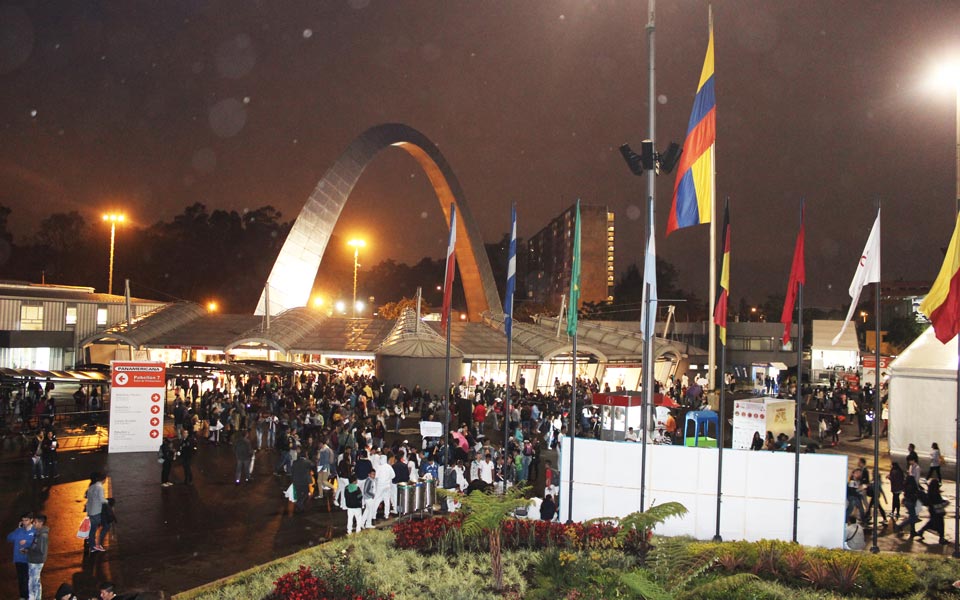Oli Pritchard dons his trilby and considers the value of manners and elegance
In days of yore, there was a better age in Bogota, when men wore hats and not ghastly baseball caps and were true gentlemen. When manners mattered, when people opened doors for one another and gave way with grace. When elegance was important and clothes with writing on were shunned. These were the days of the cachacos. Being a cachaco involves being well-mannered and thoughtful. Sensitive and aware of others. In short, a thoroughly decent human being, regardless of the great unwashed ignorant tide of humanity surrounding you. Almost exactly, therefore, the same as being a cyclist.
Ciclopaseo cachaco founder and chief organiser Jorge Malagón was in the centre of everything at the event on August 22. Resplendent in a fetching green waistcoat offset with cycling glasses, like a true gentleman he graciously deigned to take a few minutes away from the hassles of organisation to comment on the ride, starting with a brief history lesson.
“It’s five years old now, and we’ve grown from just 180 or so up to, we think, 2,000 cyclists today. As you know, in Bogota there are quite a lot of cycling groups, but they’re usually divided. One day, I was talking with some guys from other groups and we decided to come together. Now, a lot of different groups are involved, such as Caballito Acero, Gallardo, Ciclopaseo de Miercoles, Global Water Dance etc.”
I am intrigued as to the connections with London’s Tweed Run. Was that a big influence, I wonder?
“Well, sort of, but this is something Bogotano. It’s something very important from our history, something we should remember and something we should maybe return to. We’re thinking about going back to a better time, an era that was very distinctive in the history of Bogota, something we can really be proud of. That’s important in a city like this, I think, that we can be proud of something.”
To me, it certainly feels much more organic than some other bicycle or hipster events in Bogota.
History aside, what does the Cachaco ride mean today? “Well, there are two parts to it really. At first glance, the obvious one is of fashion and bicycles. That’s important, and of course it’s a lot of fun too. But I like to think that we’re promoting cachaco citizen culture as well. Bogota doesn’t have a big fiesta like Barranquilla or like Cali, so we need events in the year to bring people together. That’s an important part of this ride. It helps citizens interact with other people, other citizens, promoting social awareness”. It’s certainly a mixed affair, with people drawn from all walks of life, not just the extrovert artists and Victorian hipsters. “We want to bring young people, families, adults, the hipster kids, everyone together in a big fiesta”. Jorge explains.
One wonders what’s more important to Jorge, the cachaco or the bicycles. He’s quick to ambush the question “Well, bicycles help to educate people, just like cachaco culture. I don’t think we can separate the two things”. As Jorge tells us about his personal ideals, it is clear that this isn’t a single day event nor a one-off for him. “My background is mixed, between the coast and here, but the greater influence is the rolo side. I see myself as a cachaco nuevo, and this is something that I do all the time. I think it’s important to live my life like this. For example, I’m a teacher at the Nacional and when I arrive by bicycle it starts a mass debate with the students”.
With that, he leaves us to go and swing his partner around to the Andean band behind him. For a moment, Parkway feels more genteel than usual, as if we had been transported back to days gone by. Only a moment for now… but maybe with a little of Jorge’s spirit, we can all help to return Bogota to its former glory.






